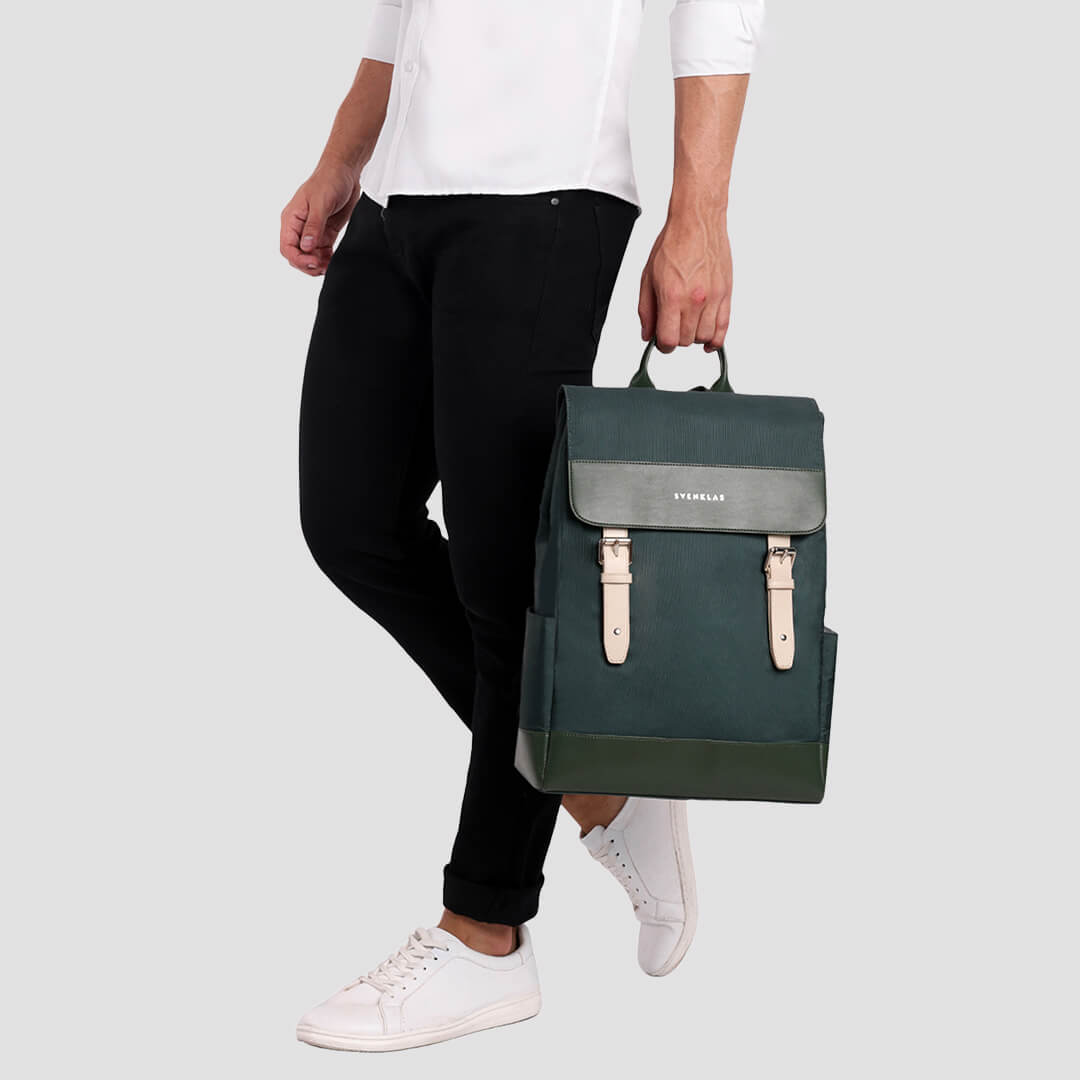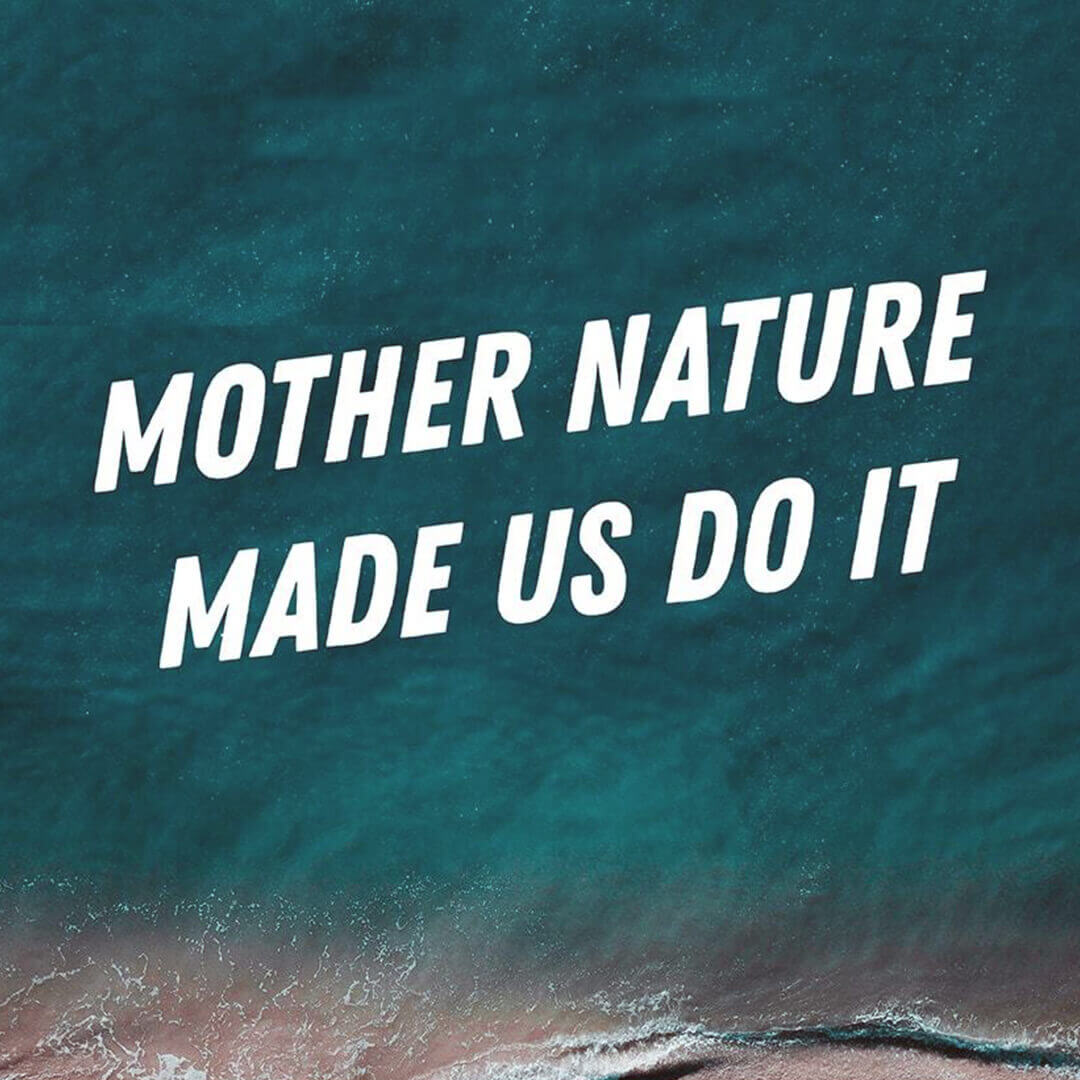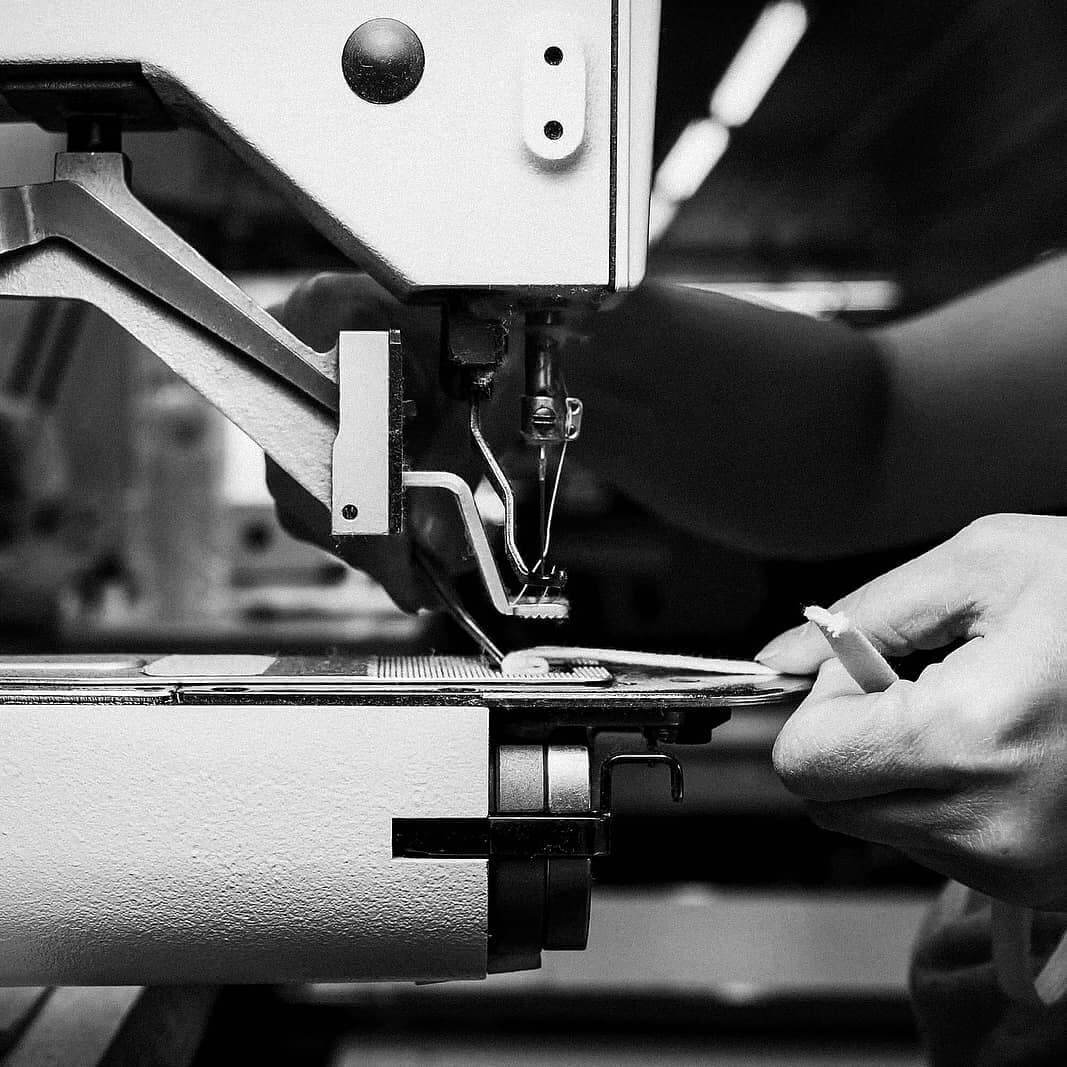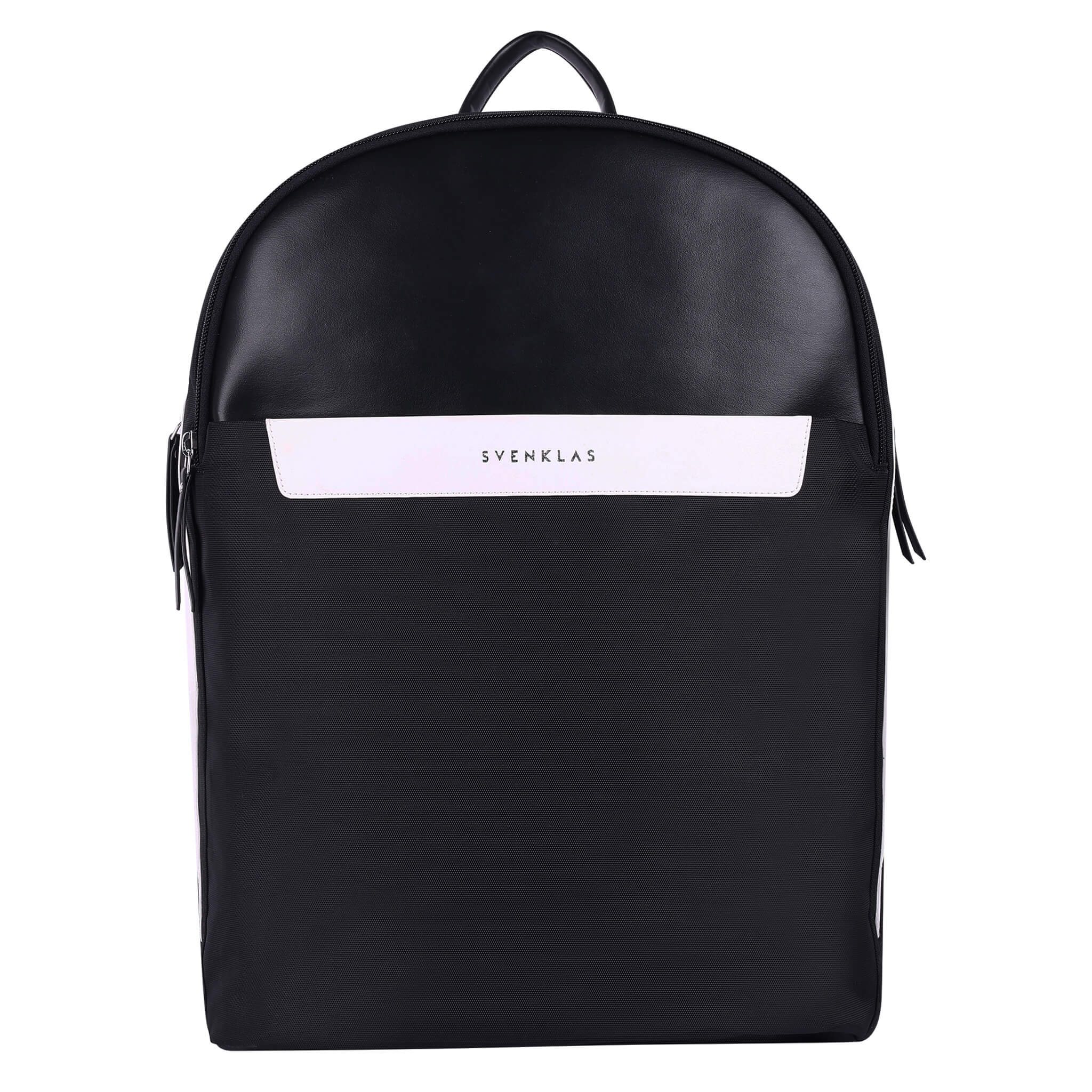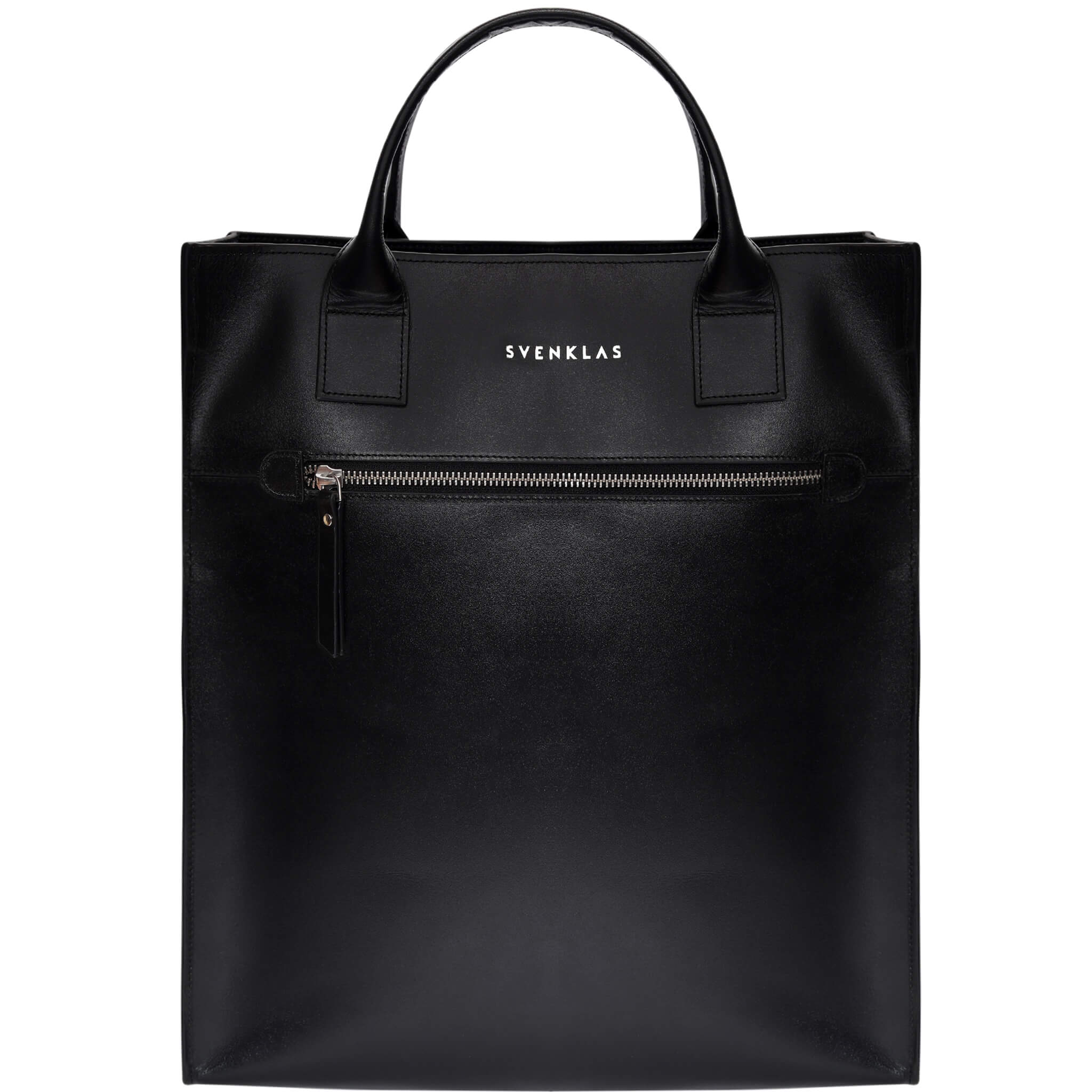The Truth About Vegan Leather
The complex world of ethical fashion has given plastic a new name - vegan leather which is nothing but synthetics and microfibers, made of plastic materials and is non-biodegradable. Therefore, the socially conscious claims of vegan leather being environmentally friendly and sustainable are factually incorrect. The so called vegan leather is essentially faux or synthetic leather. It is primarily made of polyester base and PVC or polyurethane(PU) coating. These are fuel based plastic compounds and take years to decay once the product completes its lifecycle and is no more useful.
From an environment viewpoint, the production process involving PU based vegan leather needs liquid solvents which are extremely toxic in nature. This makes vegan leather extremely detrimental for our environment and ends up harming our animals in the long run.
Our Natural Leather
When we started Svenklas, we realized that until the meat industry doesn’t stop, leather would be a sub-product that if not used, will end up in landfills. Our suppliers are Leather Working Group (LWG) certified which is an international organization working to improve environmental performance in the leather industry. We also audit our suppliers to ensure the leather is from animals that are being bred for meat production.
Our natural leather is ready to be crafted into refined gifts for you and your loved ones.
According to Gwendolyn H., professor in Fashion Merchandising at Texas State University, “Animals don’t die to become a product.” The majority of hides that is used in the leather processing comes from animals that are bred for meat and dairy. If the hides are not used as leather, they’re considered as wasteful which can put a huge burden on our environment.
Sustainability is a closed-loop system and nature has a way of enabling it with leather. Leather can decay in the ground and help in replenishment of plants that can then be eaten by next generation of animals. What gives leather an environmental edge is its long life as it performs exceptionally well in terms of durability and breathability. This gives it the the ability to be recycled and re-used for a much longer period of time and is a readily available waste product with great design possibilities. However, the above advantage of leather can be rendered useless by the tanning process which has traditionally been awful involving chemical dyes and has led to a deterring impact on the environment. This is the reason we use vegetable tanning in our manufacturing process.
In our product design we aim to use as few individual leather panels as possible. Instead we're trying to cleverly cut and fold the panels to increase a products lifetime.
Vegetable Tanning
Converting animal hides into leather is achieved by a process called tanning and the process has been around since ages - humans needed durable, protective clothing and they turned to hides to meet these needs and found ways to tan the hides in order to preserve them.
Vegetable tanning uses natural tannins that occur in certain bark, wood, roots, leaves and fruits of plants - ingredients which change the protein structure of the hides so it turns into leather. This produces leathers that look natural and develop a rich patina - the naturally occurring brown color that forms on objects over time.

Tanning process begins by soaking the hides in large, rotating drums for several days.
One of the most useful characteristic of the vegetable tanned leather is its smooth feel with a natural aesthetic that ages beautifully. We feel proud to say that the production method of our naturally tanned leather is sustainable, its quality impeccable and the natural finish is one of a kind.
The Fuss Around Genuine Leather and Why We Only Use Full Grain and Top Grain Leather
Our leathers are environmentally and LWG certified which means they’re the best we can get for our products and the environment. Our selection process is based on factors like sustainability, durability, quality and the ability to age gracefully.
Let us take you through the different types of leather you can obtain from a hide and the ones we use.
Is Genuine Leather Really Genuine?
Genuine leather is the split leather which is the layer below top and full grain and it doesn’t hold its shape. The term genuine is used wrongly by marketers who call it ‘genuine’ and not cheap. While genuine leather is infact real leather, it’s of inferior quality than full and top grain leather.
Full Grain Leather
Once the hide has been tanned, it’s often split horizontally. Full grain is top part of the hide, holds its shape the most and is the most durable. It’s generally the most expensive part of the hide and wears beautifully with each use.
Full grain leather is the highest quality grade of leather and includes all of the natural grain.
Top Grain Leather
Top grain is actually full grain that has been polished. The hide is sanded and buffed to remove any imperfections. It’s still high quality but not as durable as full grain.
It provides a consistent finish after processing and is utilised based on several factors while making the product such as weight, handfeel and flexibility.
Dyeing
Once the tanning process is complete, leather hides are ready to be colored and finished. All of our leather is aniline dyed which helps in preserving the natural characteristic of leather and also offers a true reveal of the hides natural texture. Aniline dye is a water-based dye and is friendlier to the environment since it does not contain any added pigments.
"We use full grain aniline dyed leather for all of our products while we use top grain for leather detailing. A lot of times we prioritize based on usage and the product that we’re making. But we never use anything else."
We hope this has helped you built an understanding on the kind of leathers we use and we plan to share more from our work with organizations related to leather certification and animal welfare as we start to work more closely with them.





 300+ 5-Star Reviews
300+ 5-Star Reviews

